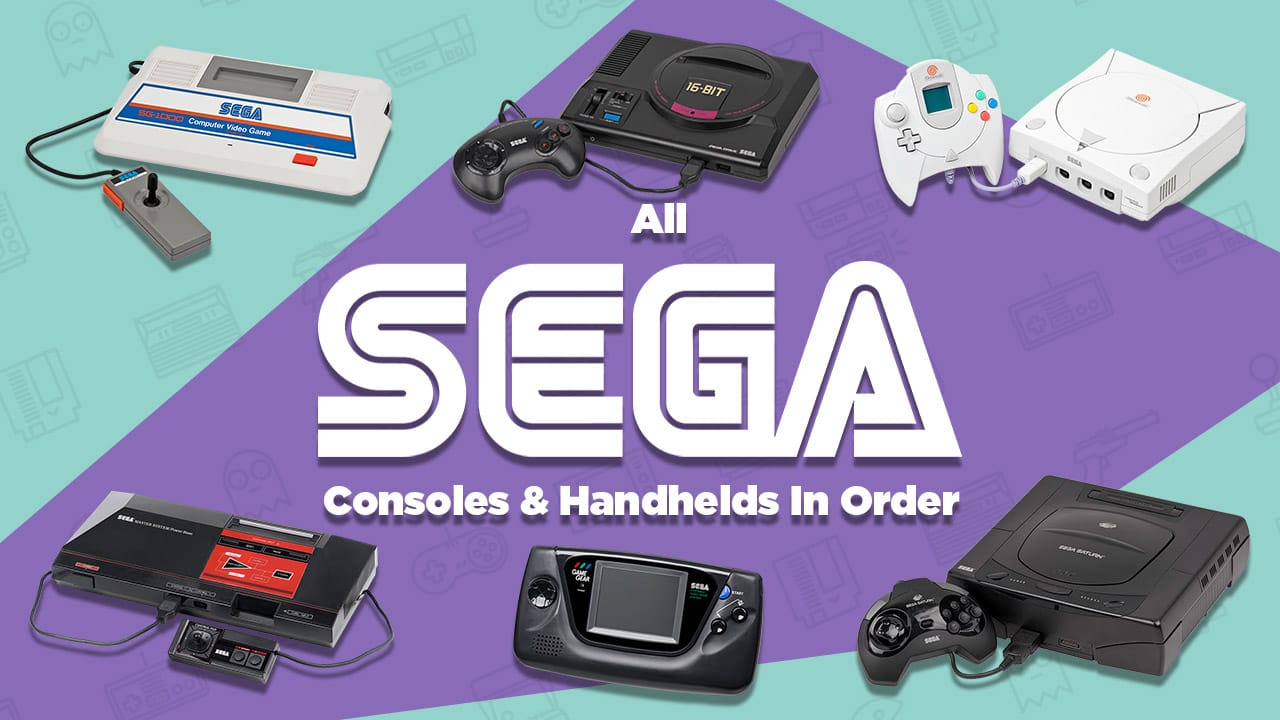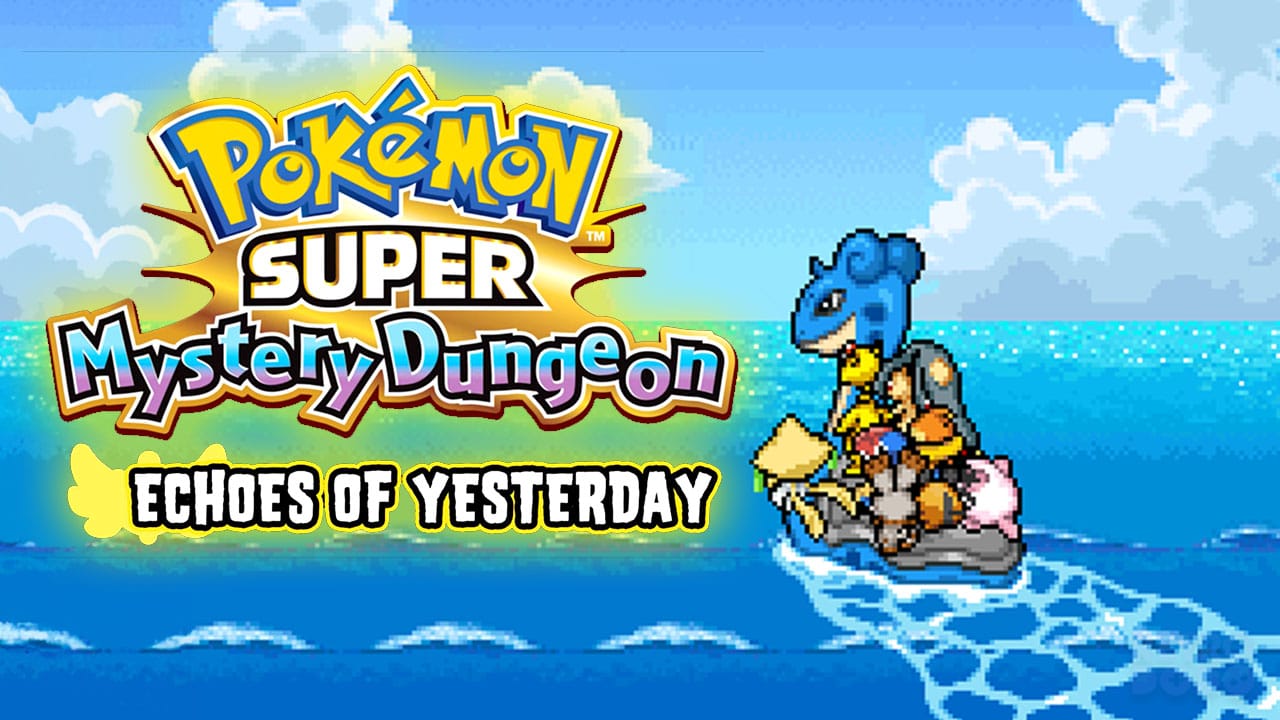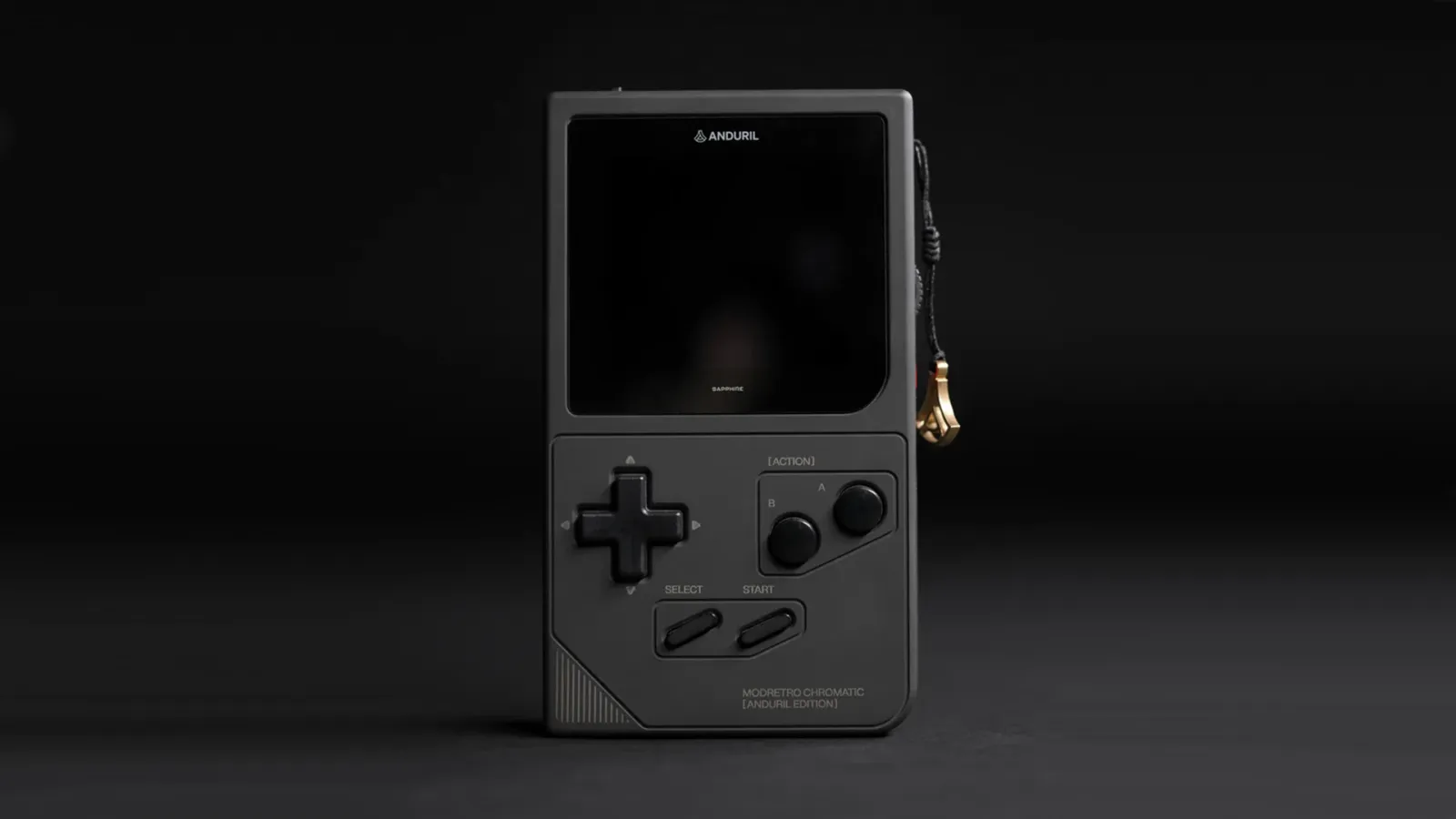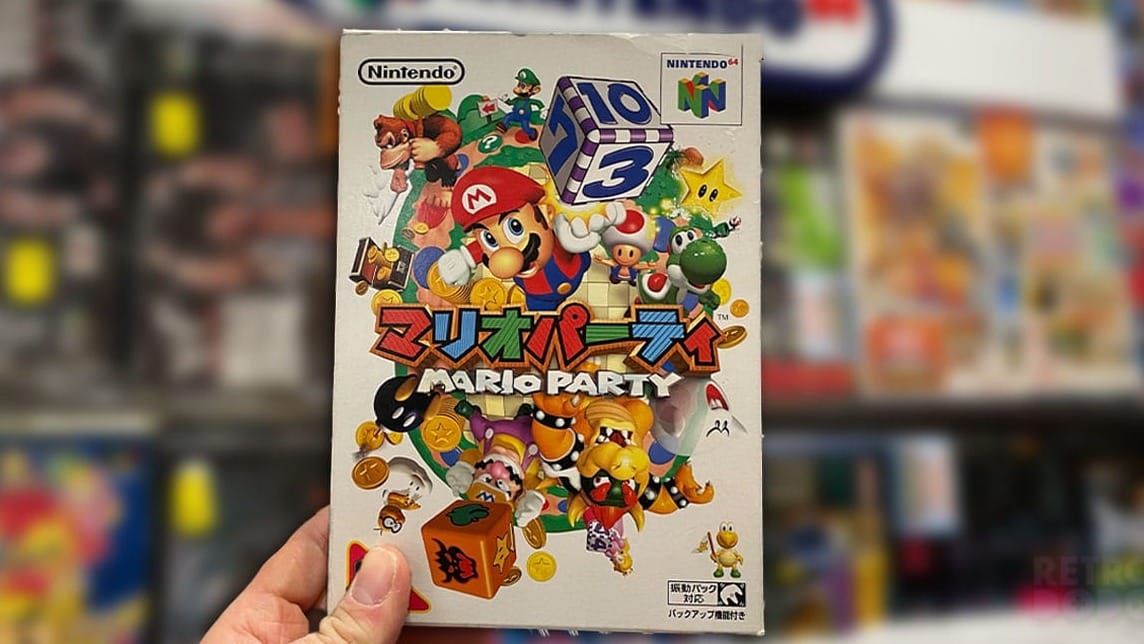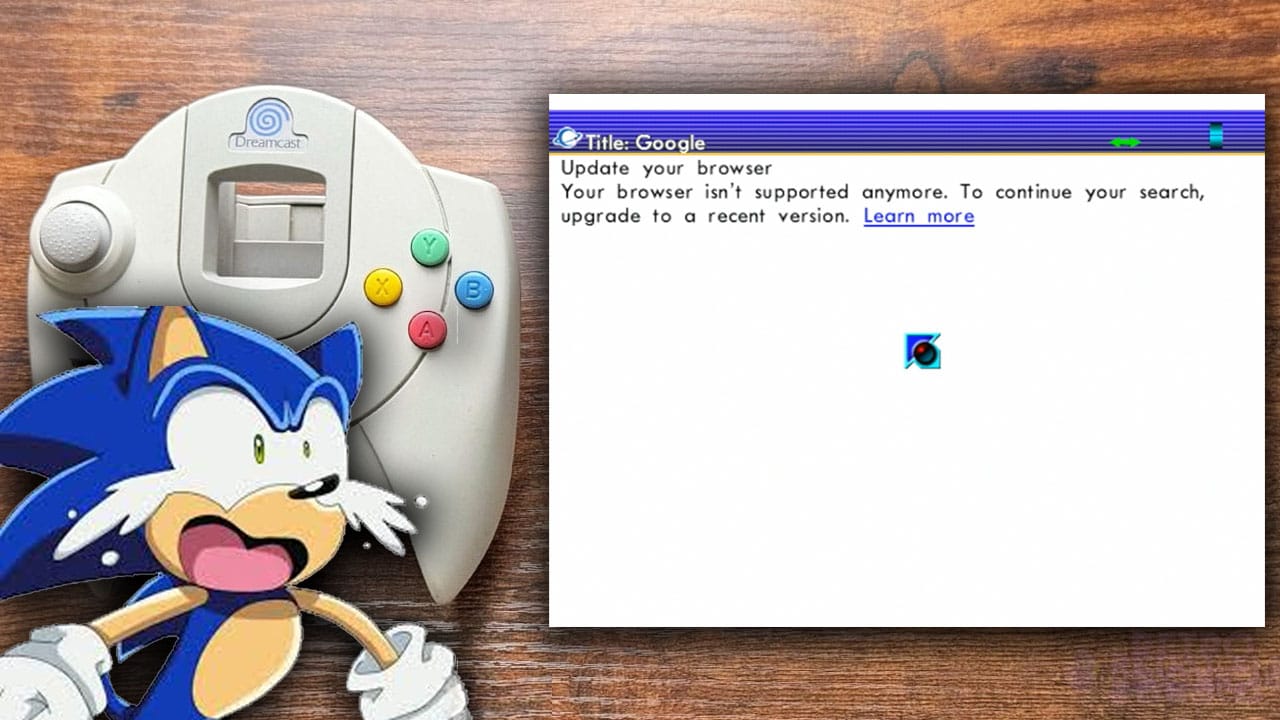If you were to look at the list of all Sega consoles & handhelds in order… to call Sega’s history in the hardware market “colorful” would be an understatement.
Some hits, some misses, some surprising. But there were certainly no lack of attempts from Sega, who was often considered the direct competition to the kings of video game hardware, Nintendo.
As we will soon see, Sega surely gave Nintendo some strong competition at times. Even overtaking Nintendo in sales at one point.
Sega is a hardware and software developer that has truly made their mark on our own personal history, and will always have a seat at the table of kings in any discussion of video game history.
Let’s take a look at all of their consoles in order, and see the failures and successes that would become the legend of Sega.
SG-1000 (1983)
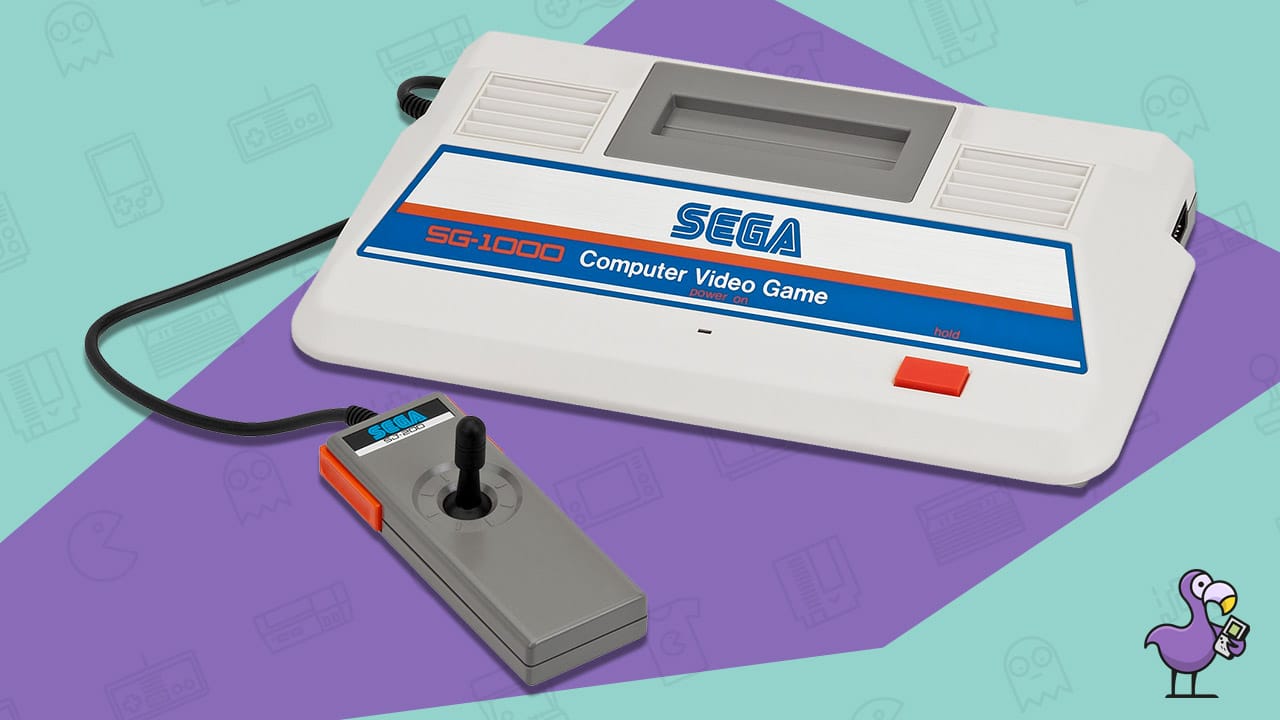
The Sega SG-1000 is a home video game console and their first entry into the home video game market.
The SG-1000 was released on July 15, 1983, the same day the Nintendo Famicom was released in Japan.
Sega was one of the most successful arcade manufacturers in the 1980s, but the video game market was transitioning into the home after the success of the Magnavox Odyssey and the Atari 2600.
Not to be left in the dust, Sega started development of two home consoles, the SG-1000 and the SG-3000 (a personal computer type device) which would be released simultaneously.
The SG-1000 was an 8-bit game console with interchangeable game cartridges and several controller peripherals options.
The new home console had a strong game library in its first year on the market (21 game titles in the year), which lead to over three times the expected sales.
The SG-1000 also saw a few upgraded releases in its lifespan, the SG-1000 II and the Sega Mark III.
These upgrades included minor changes to aesthetics, controllers and an improved video display processor.

The SG console series sold nearly 1.5 million units in its lifetime, which was considered a relative financial miss.
But it was also the precursor to some of the most popular game consoles in gaming history to come from Sega.
Due to its contemporary popularity, we got a tease for an upcoming SG-1000 Mini Console.
The first entry on the list of all Sega consoles, and easy to see how it set Sega up for the success they will soon see in the home video game market.
Master System (1985)
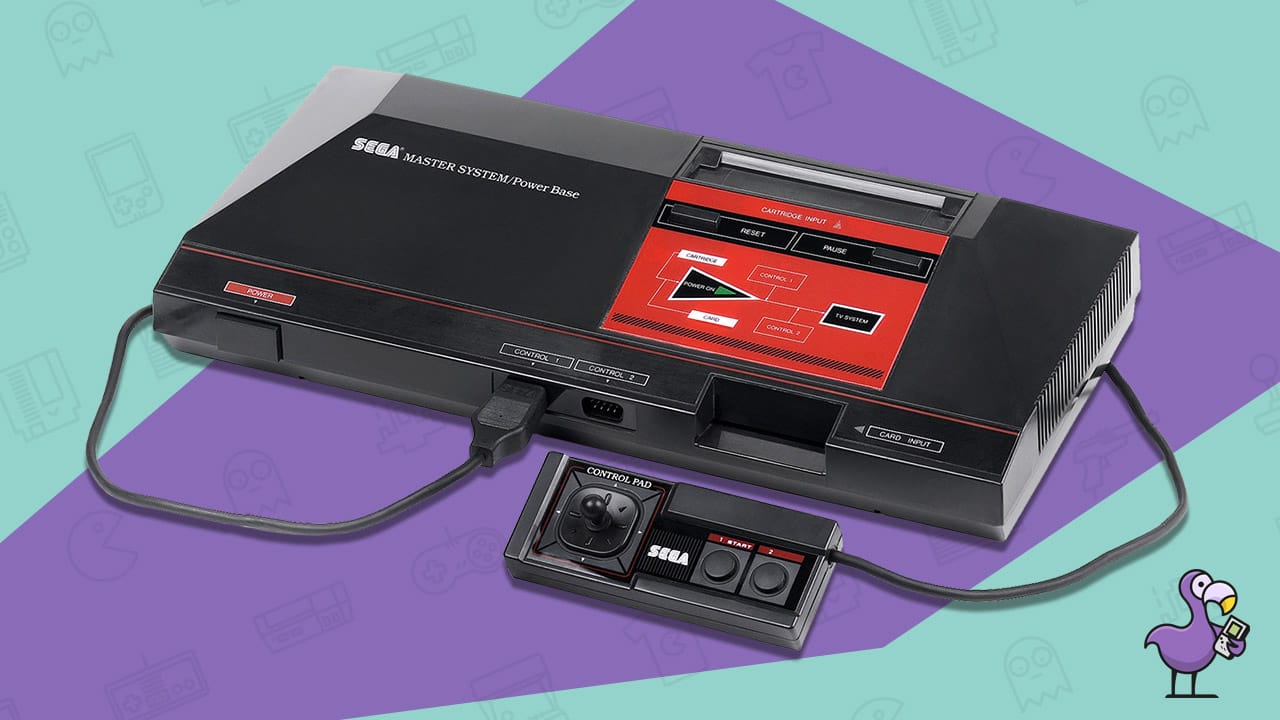
The Sega Master System is an 8-bit home video game console released in 1985.
It was originally the next iteration in the SG console line, as a remodeled version of the Sega Mark III.
The Sega Master System is to the Sega Mark III as the Nintendo Entertainment System (NES) was to the Nintendo Famicom (ie the western rebrand of their Japanese console).
Rumor has it that the name was literally chosen by employees at Sega of America by throwing darts at a board of name suggestions.
The Master System uses both conventional game cartridges and credit card-sized game media known as Sega Cards.
The Master System II was released in 1990, and was a smaller cheaper model. They also opted to remove the Sega Cards slot. It’s new design would also hint at what would come next from Sega.

The Master System sold around 20 million units in total, which is a relative failure compared to the success of the Nintendo Entertainment System and Famicom (which sold over 60 million units).
Admittedly, being a rebrand of an existing console, a lack of third-party software developers, and a small marketing team all lead to poor sales and poor recognition for the Master System.
So Sega has yet to see the success they had hoped for in the home video game market when compared to the giant that was Nintendo.
But we will soon see the tides change for Sega and we will see them finally hit in popular culture.
You can revisit some of your favorite Master System games by using one of the 5 Best Sega Master System Emulators.
Genesis / Mega Drive (1988)
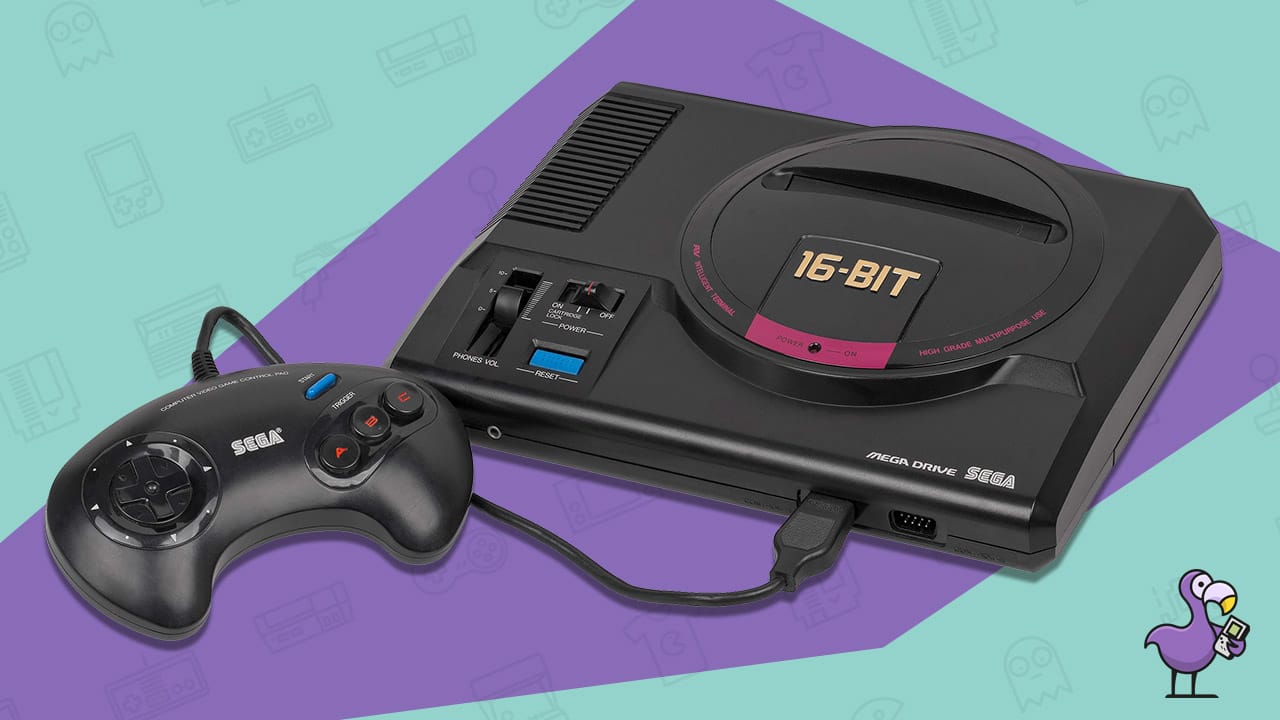
The Sega Genesis, aka the Mega Drive, is a 16-bit home video game console released in 1988.
In South Korea, it was distributed by Samsung as the Super Gam*Boy. With the Nintendo Game Boy releasing in 1989, it’s easy to see why that was a poor choice.
In response, they changed the branding to the Super Aladdin Boy. (Is that much better?!)
The Mega Drive saw releases throughout Europe and had a large presence in Brazil, but it was the North American release of the rebranded “Genesis” that saw Sega’s first gigantic commercial success in home video gaming.
One of the reasons the Genesis popped so much was due to its strong library of over 900 games, including first outing for Sonic the Hedgehog. Ever heard of him?
Sonic is to Sega what Mario is to Nintendo.
And the Master Drive / Genesis competed directly with the 8-bit Nintendo Entertainment System and the 16-bit Super Nintendo Entertainment System.
And there was a obvious battle of the consoles in the late 1980s to early 90s between Sega and Nintendo (a rivalry we would eventually see ended in a surprising Mario & Sonic cross-over franchise later in gaming history).
Sega entered the market with the tagline “Genesis does what Nintendon’t”.
Through strong marketing efforts and a lot of hard work behind the scenes, Sega was eventually able to control 65% of the 16-bit console market share by January of 1992.
This was the first time Nintendo did not lead in home console sales since 1985.
We saw a ton of great game titles (check out the 31 Best Sega Mega Drive Games) and it was cool to see competition for Nintendo that would encourage both companies to keep the quality and quantity of game titles coming for the gamers.
It was a great time to be a Sega fan.
It is still exciting to think of those times when most homes with a child or teen had either a Nintendo or a Sega console at the television (or some lucky kids had both!).
And it’s fun to finally be able to mark a big win for Sega.
Speaking to the magical feeling of that golden Sega era, we saw the release of the Sega Mega Drive Mini and Sega recently announced their New Mega Drive Mini 2.
Game Gear (1990)
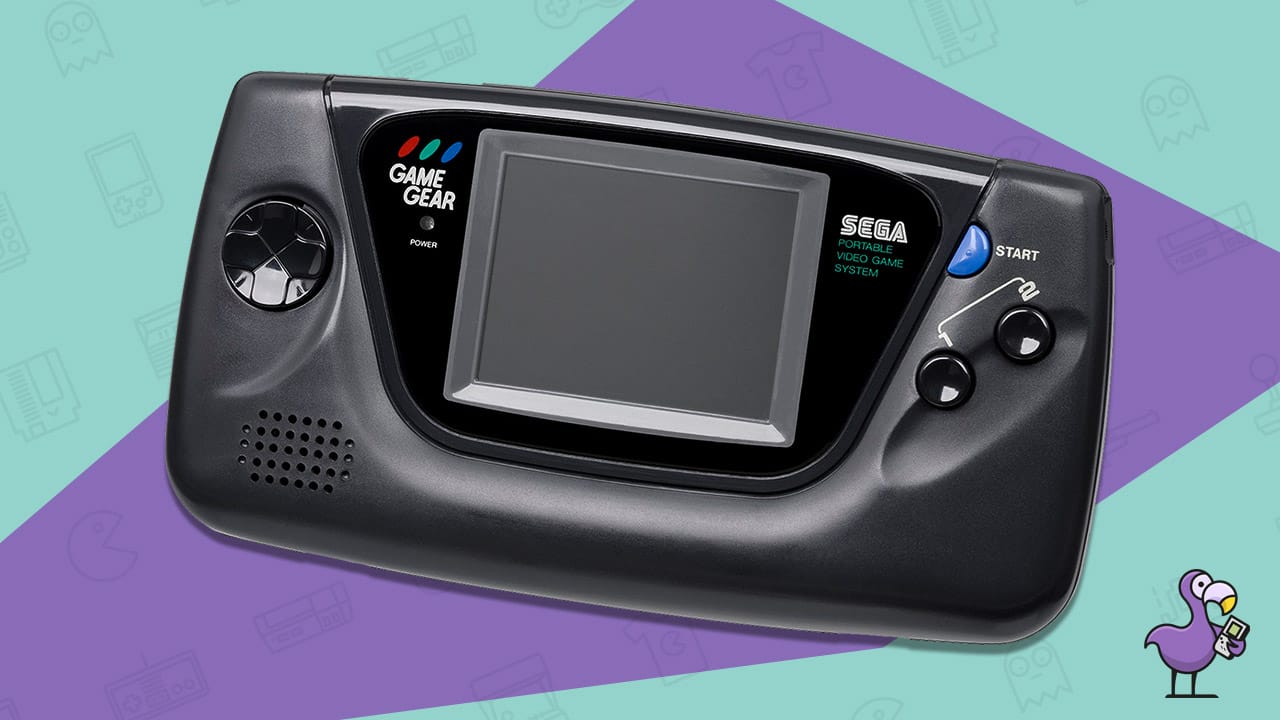
The Game Gear was Sega’s offering in the 8-bit handheld game market, released in October of 1990.
Competing directly with Nintendo’s Game Boy and Atari’s Lynx, which both released the year prior.
The Game Gear shares much of its hardware design from the Master System and can even play many of the Master System games using an adapter.
Game Gear had many technological advantages over its competition, such as the most obvious one… a full color backlit screen.
Sega marketed both the Game Gear and the Genesis as the more mature alternative to the Nintendo systems of the time.
And if you look back at some of the marketing angles used, they certainly wouldn’t be appropriate in todays society. But at the time, they were really playing up the stereotypes of “cool” vs not-so “cool”.
They even saw some push-back on these marketing themes at that time, but ultimately were not too effected by the negative press.
The Game Gear did prove to be one of the most important handheld consoles of that era, but never came close to Nintendo’s success.
And with Sega’s massive success in the Genesis, and their focus on upcoming additions to that console (the Sega CD and 32x add-ons) sales numbers finalized at around 10.6 million units in the 6 year lifespan of the Game Gear.
The Game Gear is still a very popular console for retrospective gamers, and there is a growing community of modders and enthusiasts on social media.
The Japan-only release of the Game Gear Micro came preloaded with some of the 20 Best Sega Game Gear Games Of All Time, giving new gamers a chance to experience a tiny version of that original magic that the Game Gear offered.
Sega CD / Mega CD (1991)
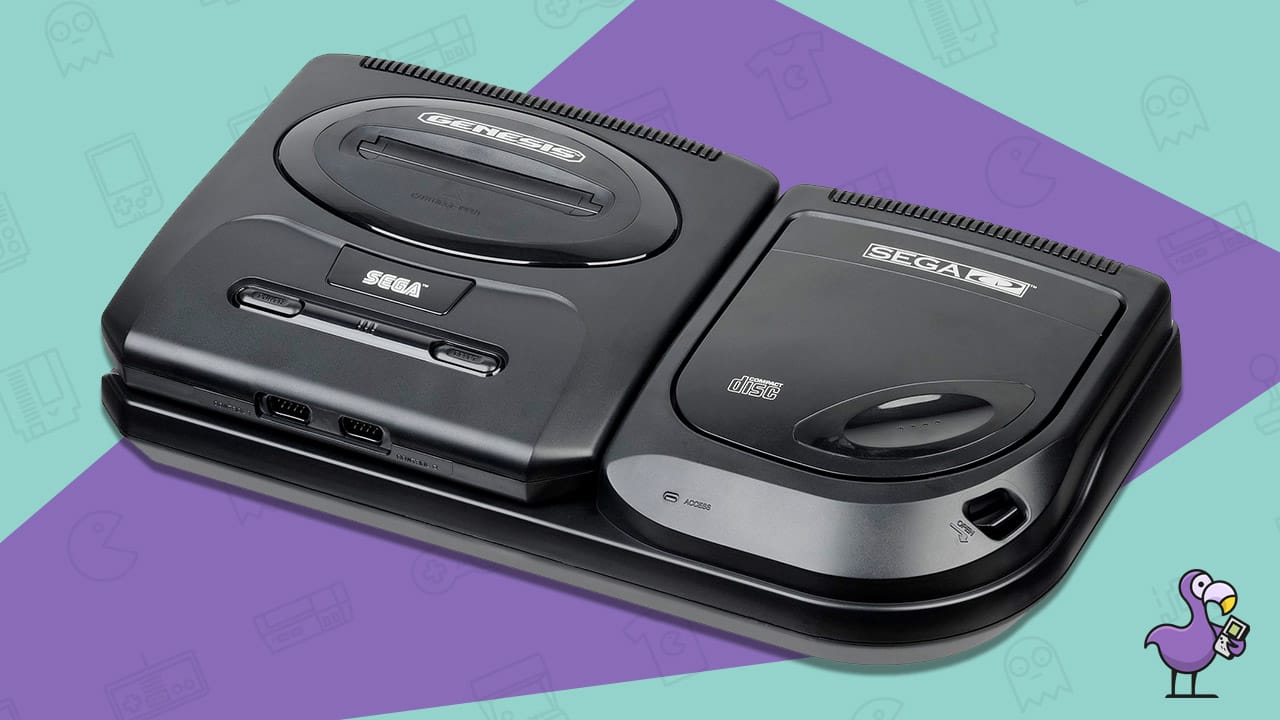
The Sega CD, also known as the Mega-CD, was a CD-ROM accessory for the Sega Genesis which would expand the game library and hardware capabilities of the popular home video game console.
The add-on was released on December 12, 1991 and does require a Sega Genesis to be functional.
Enhancing the performance of the Genesis (which was already pretty capable) with a faster CPU and new graphic capabilities such as sprite scaling and rotation (something that the Atari Lynx did in handheld!).
The addition of CD media games meant that over 300 times the amount of data could be delivered in one title.
The advantages of this new media was on full display in the controversial game title Night Trap, which made use of video media.
Ultimately, support from Sega proved to be the reason that the Sega CD would not hit like they had hoped.
But that did not stop gamers from getting over 200 game titles during its short stay on the market, including the 30 Best SEGA CD Games Of All Time.
Sega Pico (1993)
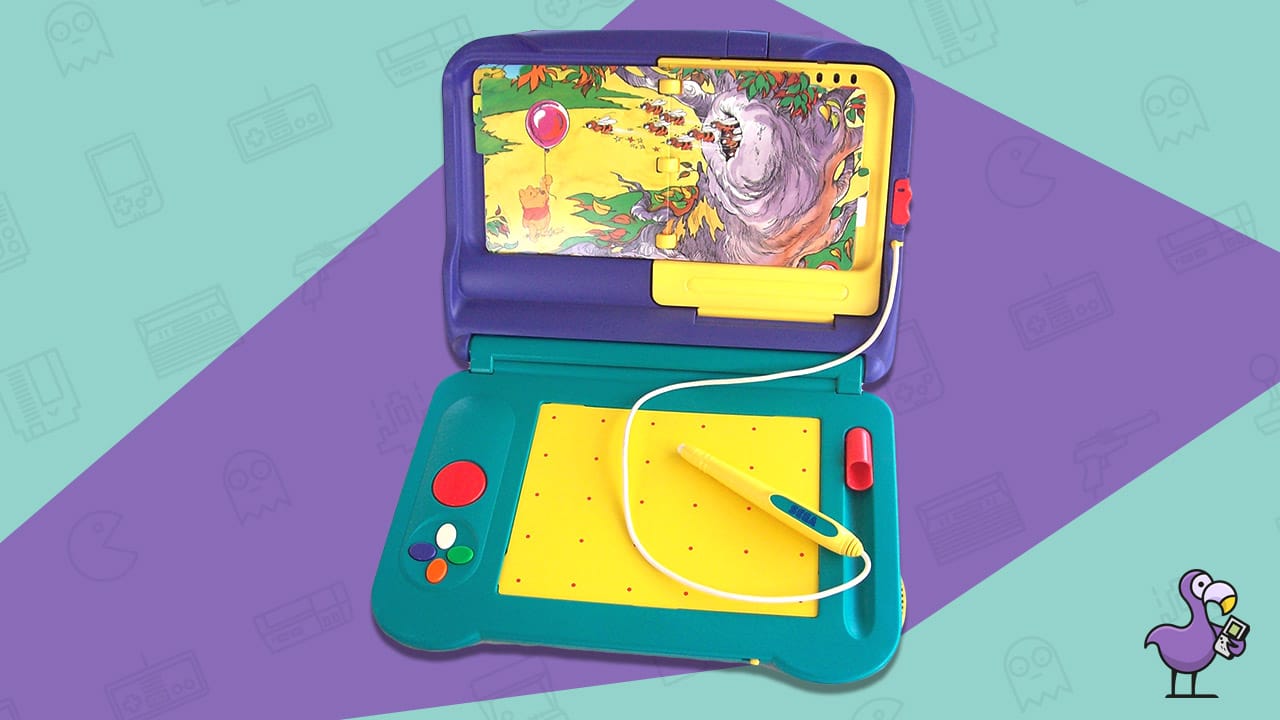
You know what sounds like a really good idea during the lifespan of one of the most commercially successful home video game consoles? To develop a children’s educational video game console.
Well that is exactly what Sega did. And in 1993, the world saw the release of the Sega Pico, also known as Kids Computer Pico.
With a target market of children from age three to seven, the console was made for “edutainment”.
It’s design was like a children’s laptop computer, though it did not include a screen and needed to be plugged into a video monitor.
It did include a stylus, aka the “Magic Pen”, and had directional buttons built in as well.
The game cartridges were in the form of children’s storybooks, and had a small connector at the bottom to slot into the console.
With the marketing tagline of “The computer that thinks it’s a toy.”, we could argue for the opposite.
Us “serious gamers” could roll our eyes all we want, but ultimately Sega did sell 3.4 million Pico consoles and 11.2 million game titles worldwide.
So clearly the Pico was not a terrible idea. It just wasn’t one we expected to see come after the Genesis.
But if this list of all Sega consoles teaches us anything, it will be that we should not think we should know what to expect next from Sega.
32X (1994)
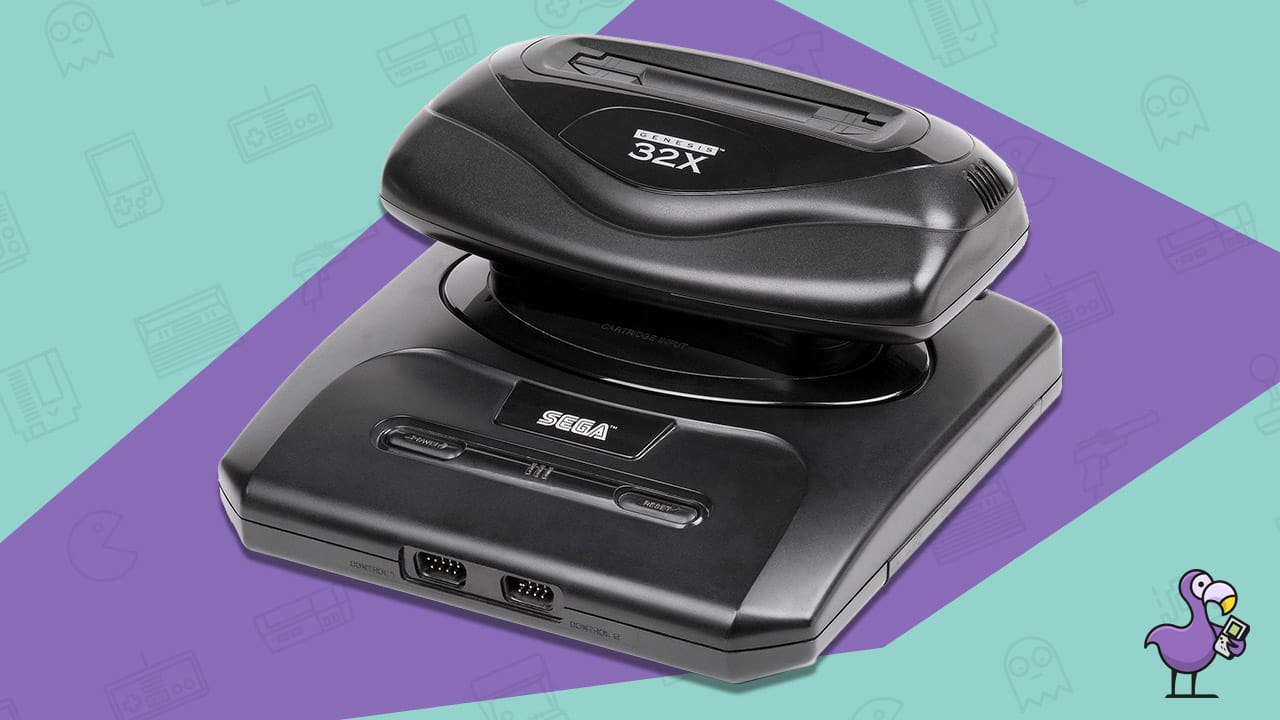
While Sega was hard at work in development of their next big console (to appear next on this list), we would find that they were not quite done with the Genesis…
The 32X add-on for the Sega Genesis video game console was released November 21, 1994. Yup… one day before the Sega Saturn (next on the list).
As the name suggests, the 32x expanded the capabilities of the Genesis, giving it two 32-bit SuperH-2 processors.
Though the 32x was exactly what was promises.. an affordable transition into the next gaming era, it was also frowned upon by critics and consumers for being a cheap attempt by Sega to just give us something else to buy.
And third-party developers had no interest in developing games for hardware that was inferior upon release, even calling the 32x “a technological dead-end”. (ouch)
There were only ever 40 games made for the 32x, six of those required both the 32X AND the Sega CD to play.
Sega could only ship 600k units of the 1 million that were ordered by retailers. And about 500k of those sold by the end of the holiday season.
Surprisingly, Sega had even planned on releasing the Sega Neptune, a console that combined the Genesis and 32X in one hardware package.
All of this, despite the fact that the Sega Saturn was already on the market.
Sega came to its senses, and cancelled the Neptune. Thank god.
All signs were proving one thing.. the Genesis era was officially over, and the consumers were ready for a true Genesis follow up. No more add-ons, no more gimmicks.
And lucky for Sega… they already had that on the market:
Sega Saturn (1994)
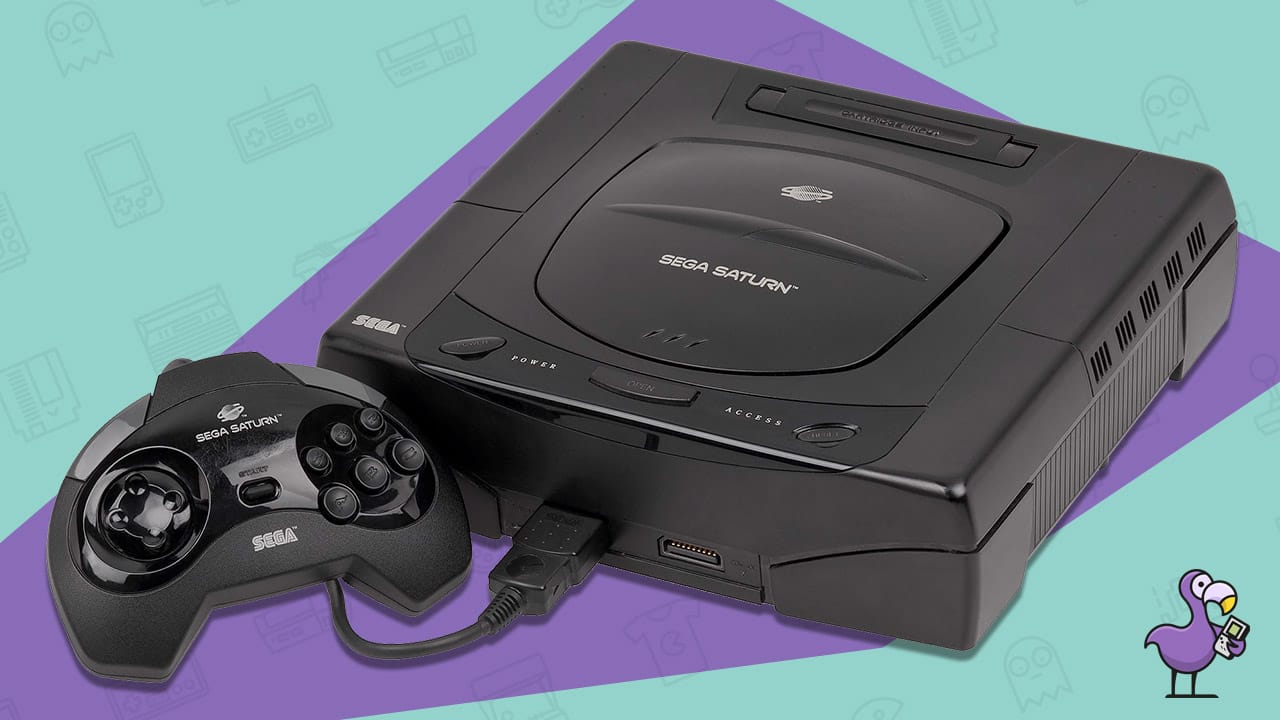
Yes, during all of this add-on controversy, Sega already had their next home video game console on the market!
The Saturn, Sega’s 64-bit home video game console, was released on November 22, 1994.
It was Sega’s first official entry into the 5th generation of video game consoles, it was the true successor to the Genesis.
The Saturn had a dual-CPU architecture, eight processors, and a CD drive, making it one of the most technologically advanced systems at the time of release.
And while it did prove to be more popular than Sega’s 32x, and was thought of as a pretty cool console… it did not live up to the expectations or the success of the Genesis.
The Sega Saturn eventually went on to sell just over 9 million units, which was technically a commercial failure next to the sales of the Nintendo 64 (which sold nearly 33 million).
And it will be a few more years before we see anything truly exciting from Sega.
You can play the 30 Best Sega Saturn Games Of All Time on one of the 5 Best Sega Saturn Emulators Of 2022.
Sega Nomad (1995)
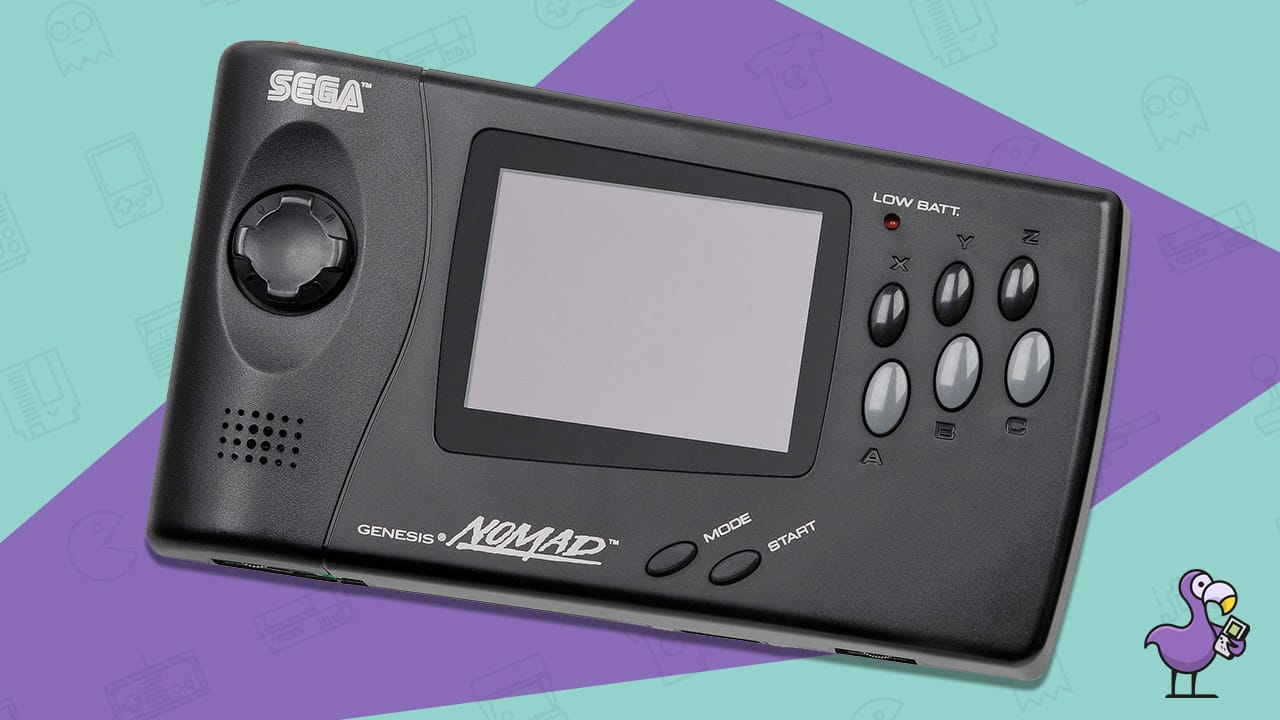
The Genesis Nomad, also known as the Sega Nomad, was a handheld game console released in October of 1995.
It is an often forgotten entry in the history of all Sega consoles & handhelds. But an important one, nonetheless.
The Nomad was a portable version of the ultra popular Sega Genesis home video game console.
It played original game cartridges from the Genesis, making use of the 500+ game titles available at the time of launch.
And it was also the commercial version of the Mega Jet, a portable version of the Genesis used on airline flights in Japan (which required an external screen and power source).
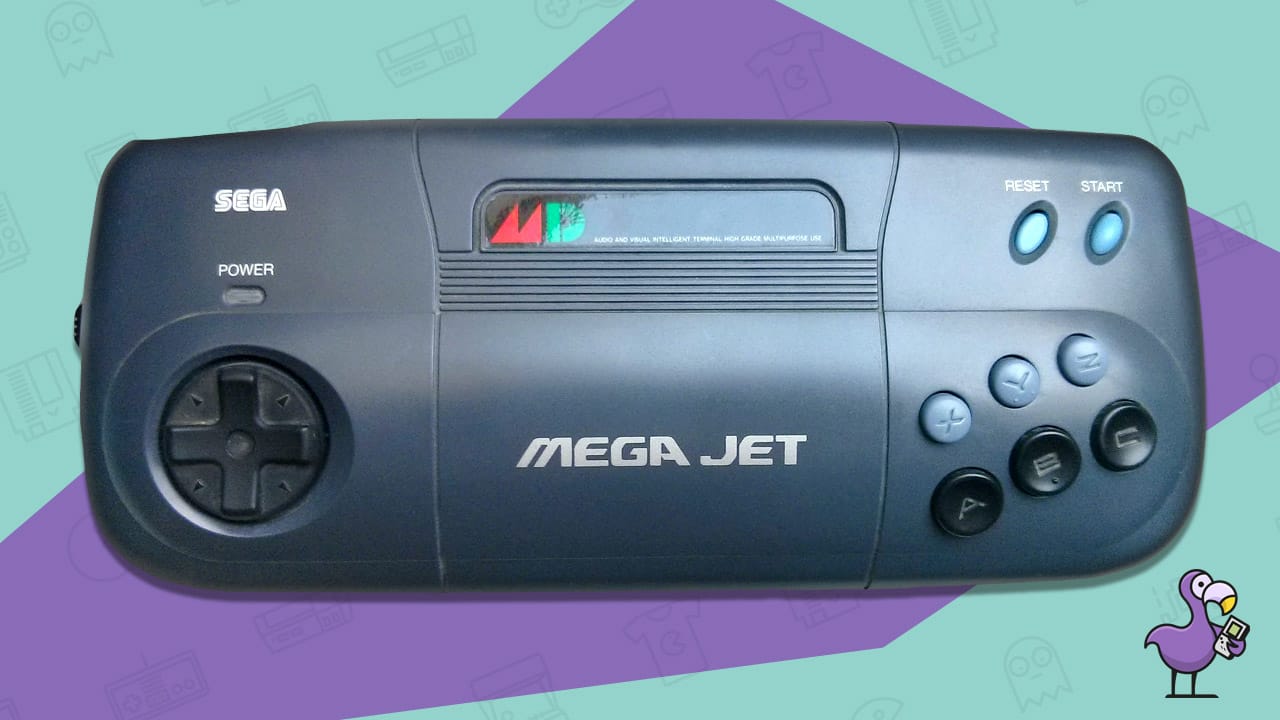
At the time, the Nomad was the only portable game console that had a built in screen and could also connect to home televisions.
We would be repeating ourselves here, but like many times in the past… the Nomad had a lack of support which resulted in a lack of sales during its short lifespan.
At the time of launch, Sega was already supporting the Saturn, Genesis, Game Gear, Pico, Master System, Sega CD and 32X. So to say they were stretched thin would be an understatement.
The Nomad sold around 1 million units and was considered a failure, like several of the other offerings mentioned in the sentence above.
Though the Nomad is often considered Sega’s final attempt at handheld hardware, we will eventually see that they still had one last entry for us (not counting the Game Gear Mini’s).
Stay tuned for that.
Dreamcast (1998)
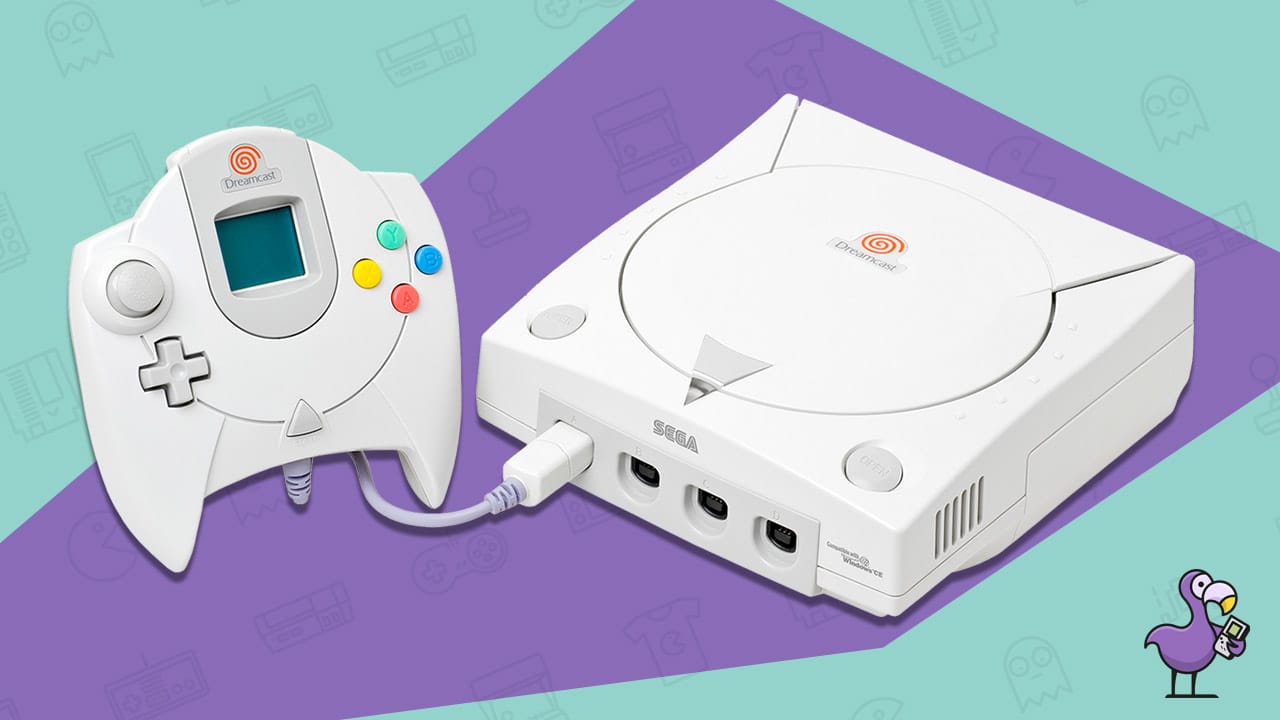
The Dreamcast was Sega’s 128-bit home video game console released on November 27, 1998.
Sega set the stage for the sixth generation of video game consoles… the Dreamcast being the very first in that era, launching years before the PlayStation 2, GameCube, and Xbox.
The Dreamcast was home to some of the most remarkable game titles from Sega, including the Sonic Adventure and Shenmue franchises (some of our favorites), along with a ton of third-party titles you are surely familiar with.
In total, over 600 game titles were released in the short lifespan of the Dreamcast.
We even made a list of the 60 Best Dreamcast Games Of All Time because there were that many great ones to mention!
Sadly, the Dreamcast followed similar trends in Sega’s hardware history: A powerhouse of a console with some pretty incredible game titles… but set against some of the stiffest competition in video game history.
The impending doom of the PlayStation 2, the very first Xbox and the Nintendo GameCube were all incoming.
Poor sales and company changes in leadership (which seemed to come every few years for Sega) ultimately proved to be too much to handle.
The Dreamcast was officially discontinued in March of 2001, and Sega finally resigned itself to be a third-party software publisher for the foreseeable future.
The Dreamcast would also prove to be Sega’s final home video game console after nearly 20 years in the market.
It would not be the last we would see from Sega, but the Dreamcast was absolutely one of the biggest achievements in the history of all Sega consoles. One that we hold dear, and a console that will not be soon forgotten. If ever.
We still revisit the incredible game library, to this day, and Dreamcast support has become a mainstay on most of the Best Handheld Games Consoles (the ones that focus on retro game emulation).
While most think of the Dreamcast as Sega’s final page in the history book of video game hardware (and it would be a pretty cool place to finish this article!), there was one last page left to be written:
Advanced Pico Beena (2005)
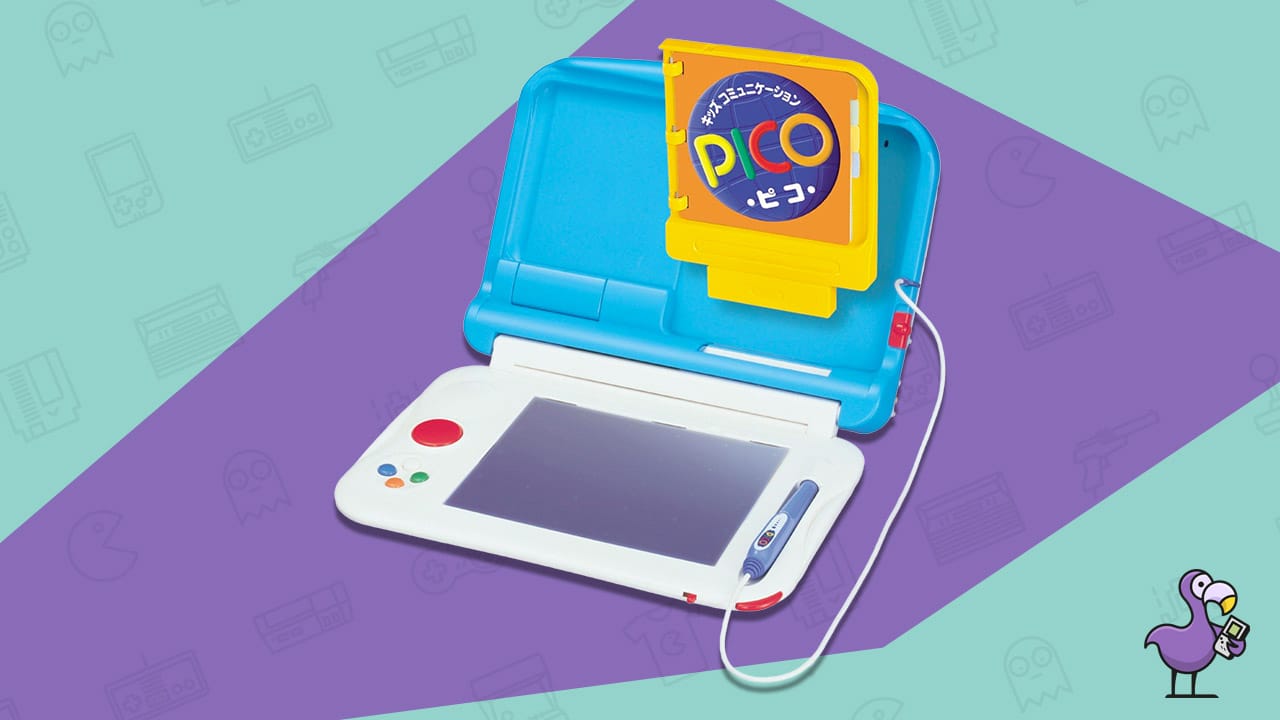
Yes, Sega’s final entry in the history book of video game hardware (besides their “Mini” remakes) would be a handheld console. But not the kind of super cool gaming you might expect or hope for.
Sega’s final game console was the Advanced Pico Beena.
The Advanced Pico Beena, also known as the “Beena” or “BeenaLite”, was Sega’s second offering in the children’s educational video game world.
As their follow up to the (surprisingly) successful Pico console, the Advanced Pico Beena was another “learn while playing” type console… now with a built in screen!
That’s right.. the Pico was now fully handheld and portable.
The console also supported multiplayer features and parental controls.
Selling around 4.1 million Advanced Pico Beena consoles and 20 million game titles, Sega once again laughed all the way to the bank at us “real” gamers.
Obviously the kids stuff sells too, so who are we to judge?
You look at a company like Sega… a company we would obviously include on the Mount Rushmore of video game console makers…
A company that gave us the Sega Genesis, the Sega Game Gear and the Sega Dreamcast…
You don’t expect their last outing in hardware to be a children’s educational handheld. And a financially successful console, at that.
But that is the colorful history of Sega. You don’t know what to expect. And all we can do is just accept it for what it is.
I’m sure you can all predict what I’m about to say next: We would love to see Sega have one last win in the hardware market.
It’s risky to come back after all this time and try again. And it would be terrible to see them fail again.
But wouldn’t it be awesome to see Sega announce something amazing, and it comes out and lives up to all of our hopes for them? In a perfect world…


